Navigating Time An Exploration Of 2026 Calendars
BlogWith great pleasure, we will explore the intriguing topic related to Navigating Time: An Exploration of 2026 Calendars. Let’s weave interesting information and offer fresh perspectives to the readers.

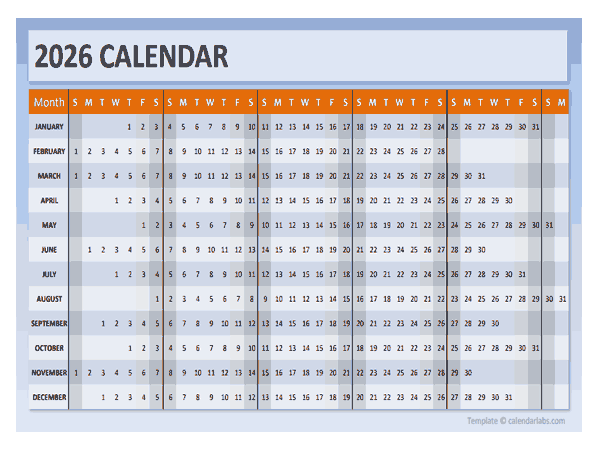

The year 2026 may seem distant, but the act of planning for it, through the creation and utilization of calendars, is a crucial aspect of human organization and forward-thinking. Calendars are not merely tools for marking dates; they are frameworks for structuring our lives, facilitating productivity, and fostering a sense of purpose. Understanding the nuances of 2026 calendars allows us to appreciate their multifaceted significance in the modern world.
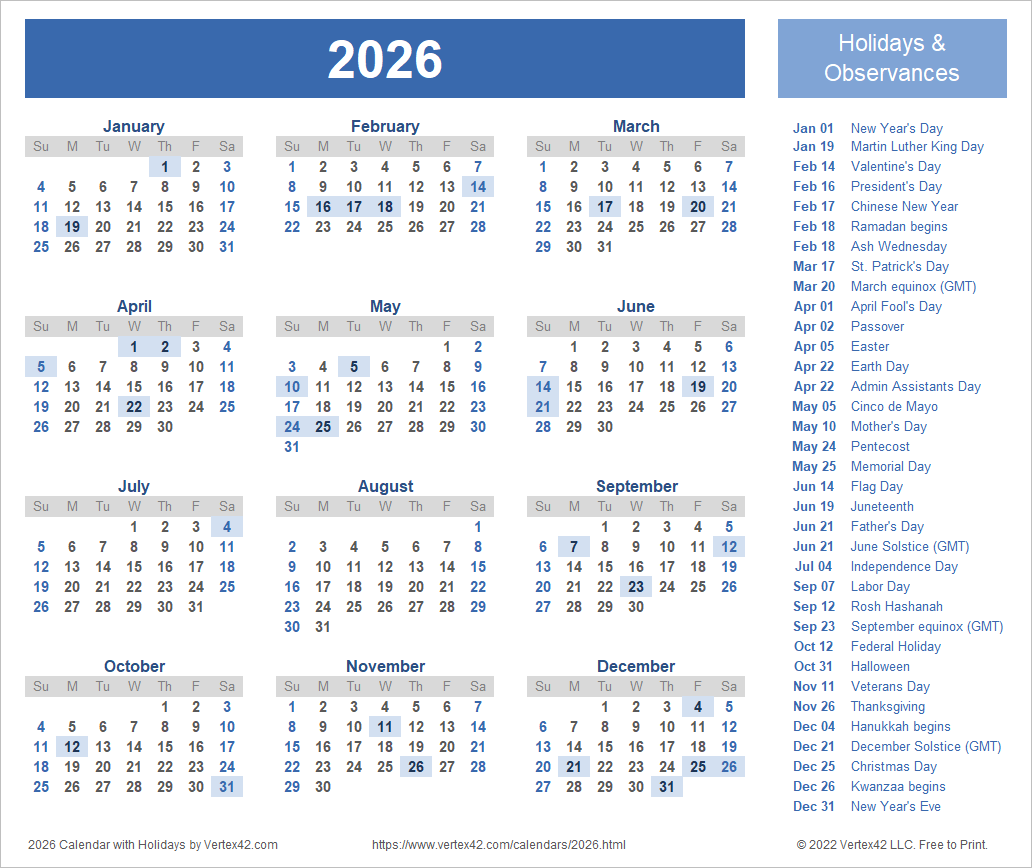
The concept of calendars emerged from humanity’s inherent need to track time and understand natural cycles. Ancient civilizations, driven by the need to predict seasons, harvests, and celestial events, developed sophisticated systems for measuring time. These early calendars, often based on lunar cycles or solar observations, evolved into the intricate calendars we use today.
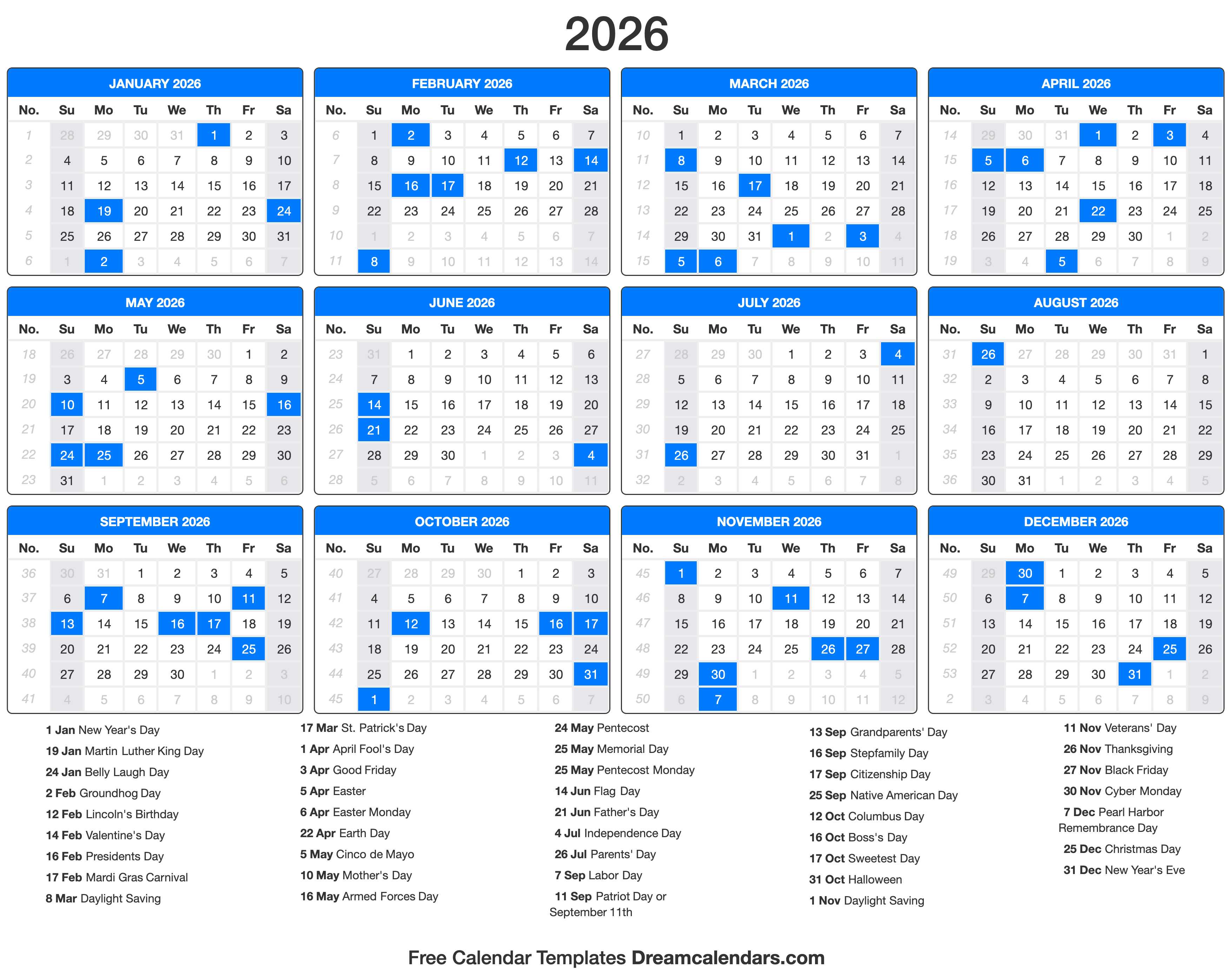
The Gregorian calendar, the dominant system in most of the world, is a solar calendar with a leap year system that ensures the calendar year aligns with the solar year. This system, adopted in 1582, standardized timekeeping and facilitated global communication.

Strategic Planning: Organizations, businesses, and individuals alike engage in long-term planning to achieve goals and manage resources effectively. 2026 calendars provide a visual representation of the future, enabling the identification of key milestones, deadlines, and potential challenges. This foresight allows for proactive decision-making and strategic resource allocation.
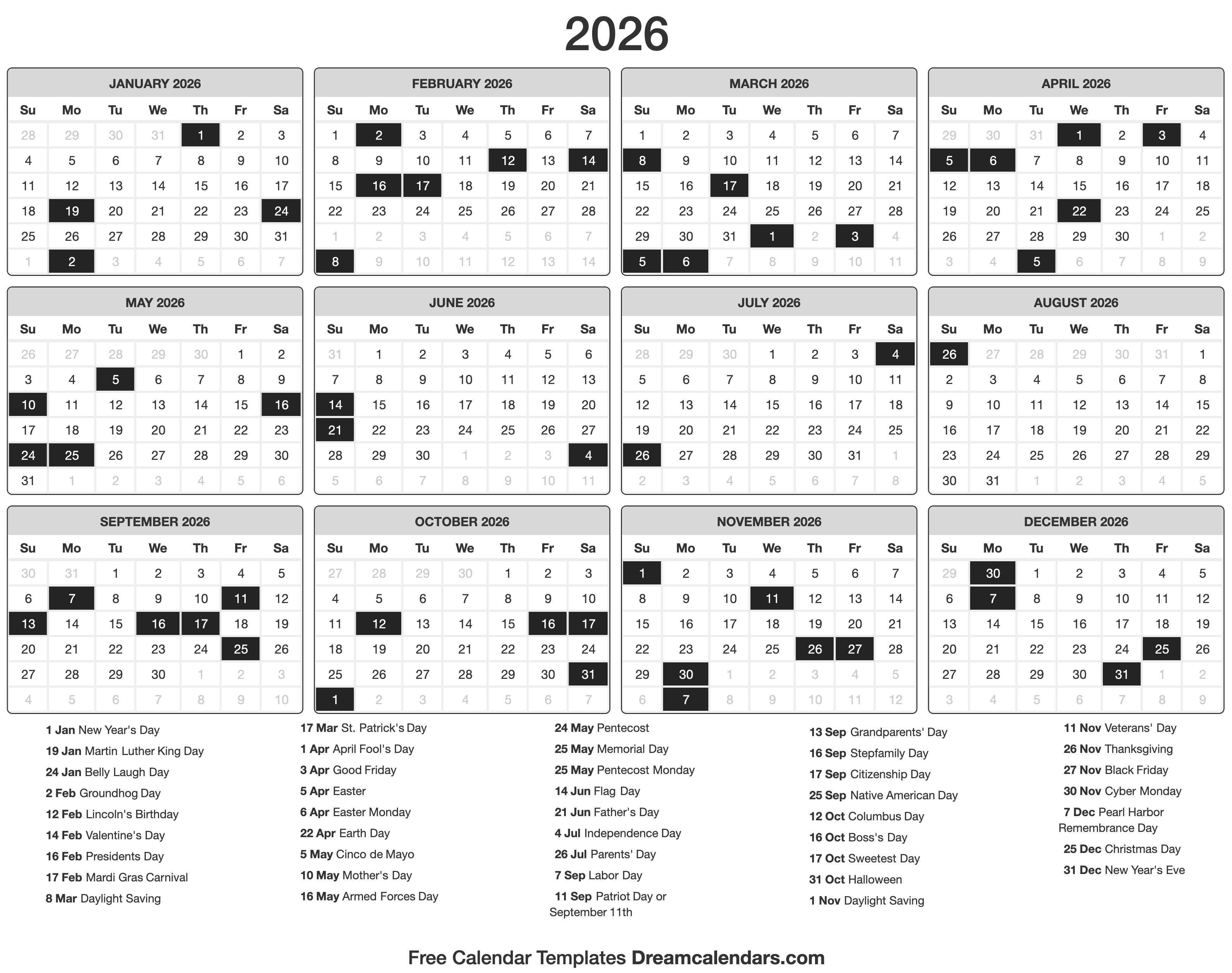
Project Management: Complex projects often span multiple years, requiring meticulous planning and execution. 2026 calendars serve as a roadmap for project managers, outlining project phases, deadlines, and resource requirements. This structured approach minimizes delays, optimizes resource utilization, and ensures successful project completion.
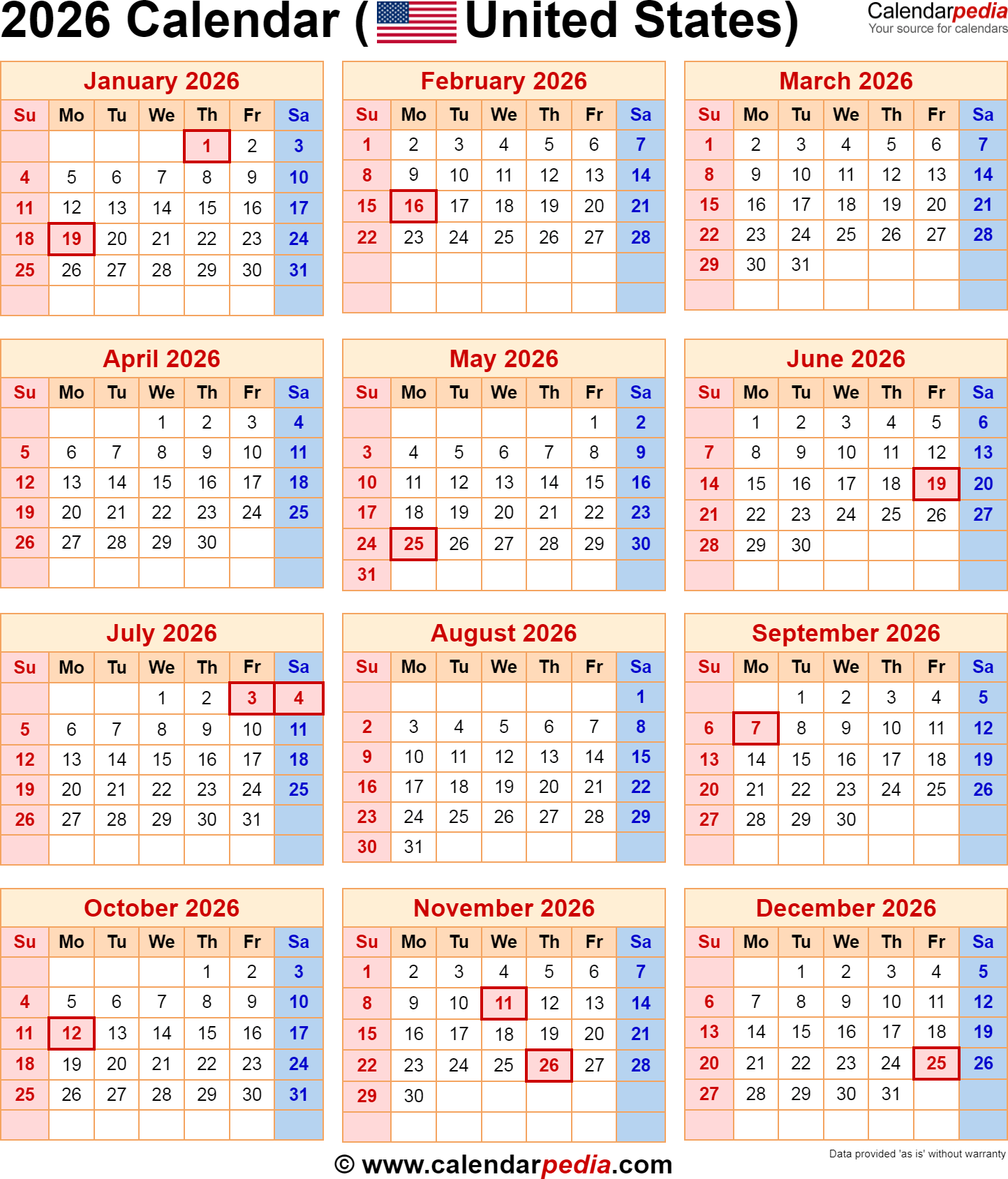
Personal Organization: 2026 calendars can be invaluable for personal organization, helping individuals manage appointments, commitments, and goals. By visualizing the year ahead, individuals can prioritize tasks, schedule events, and track progress towards personal objectives. This structured approach promotes efficiency, reduces stress, and fosters a sense of control over one’s time.
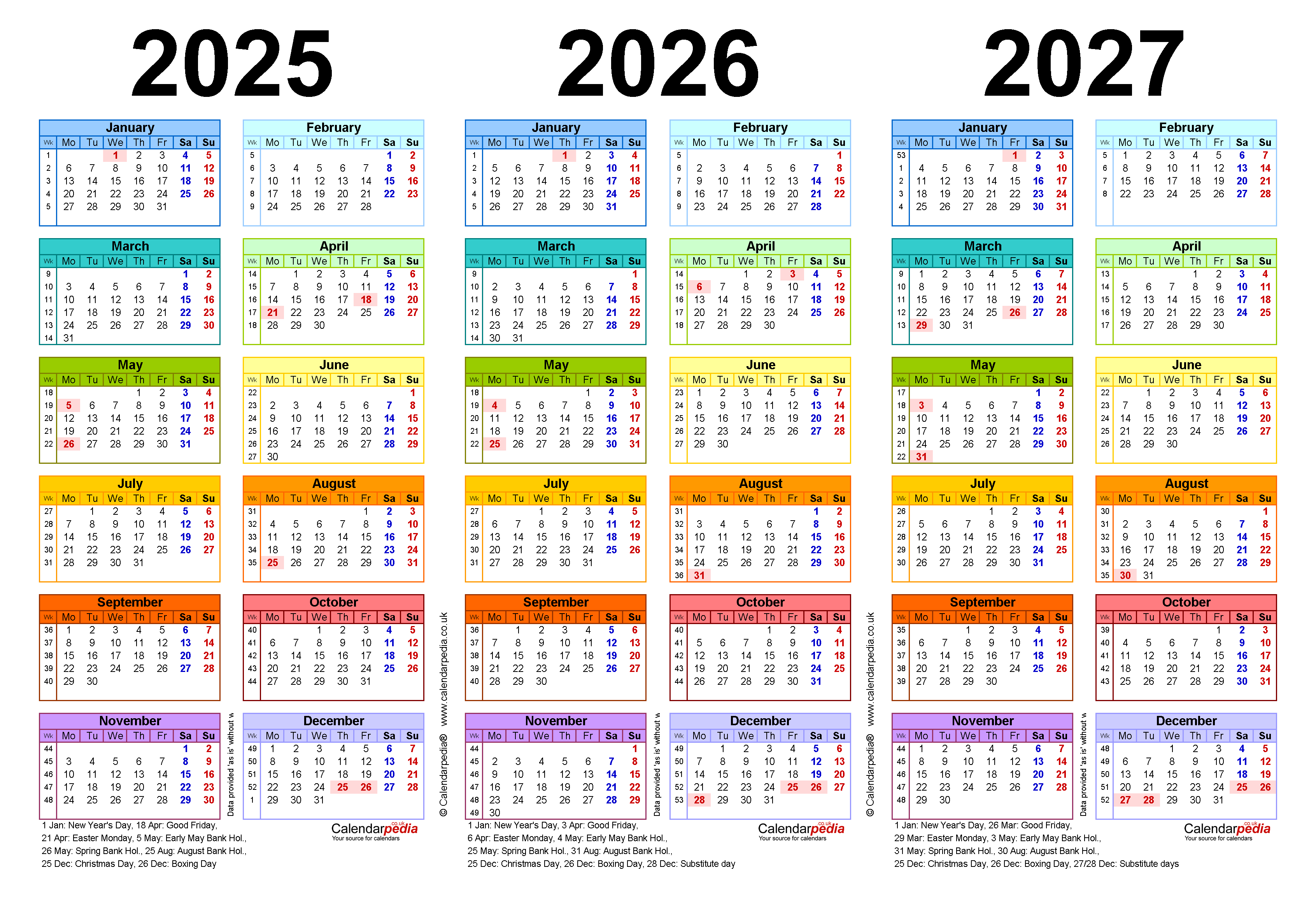
Educational Value: Studying 2026 calendars offers a unique opportunity to explore the intricacies of timekeeping systems, understand the historical evolution of calendars, and appreciate the cultural significance of timekeeping practices across different societies. This exploration can enhance historical awareness, promote critical thinking, and deepen our understanding of the human experience.

Wall Calendars: These large, visually prominent calendars are ideal for displaying in offices, homes, or classrooms. They offer a clear overview of the entire year, allowing for easy reference and planning.
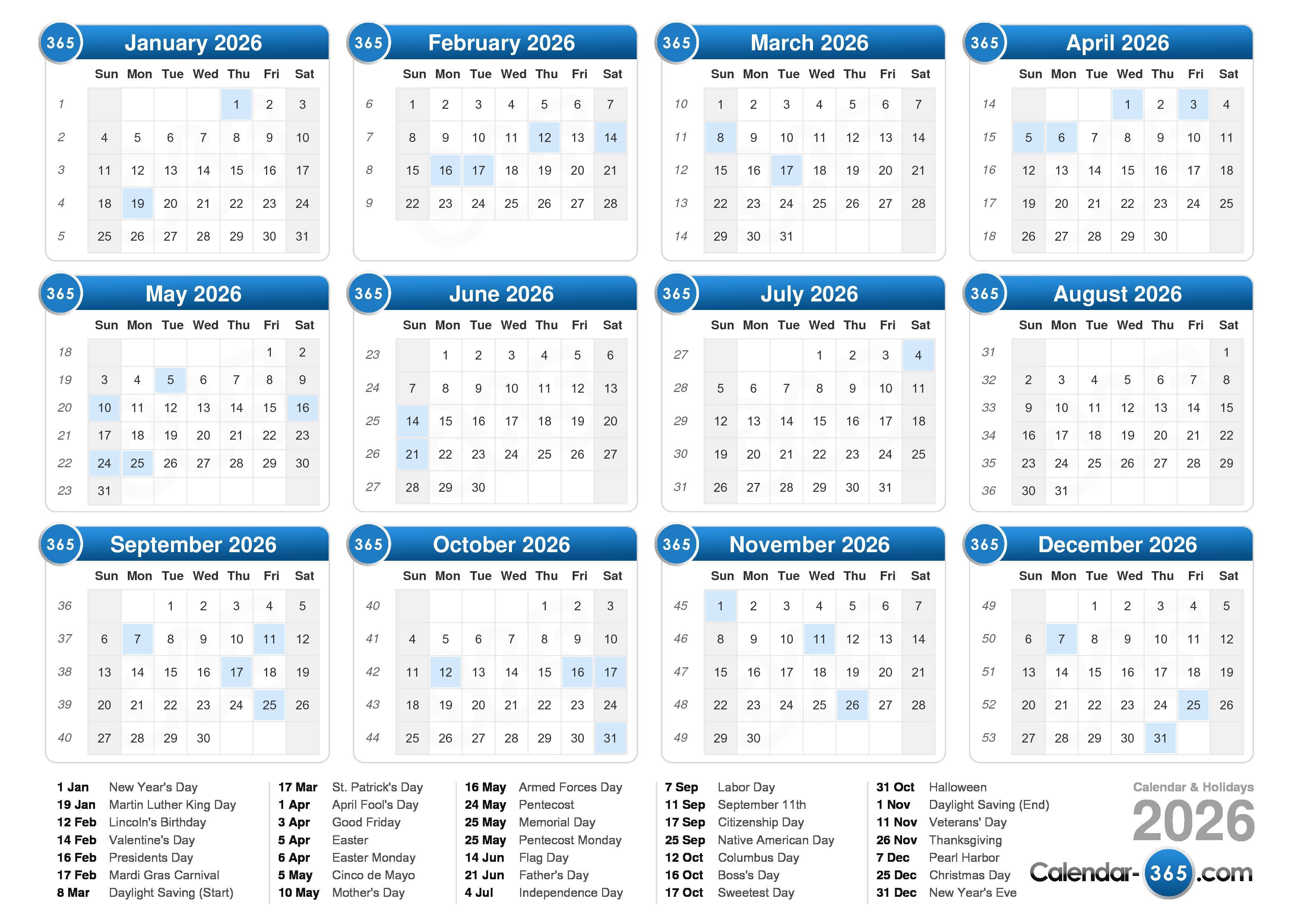
Desk Calendars: Compact and convenient, desk calendars are perfect for personal use, providing a daily or weekly view of appointments and tasks. They are often designed with features like note-taking spaces and motivational quotes.
Pocket Calendars: These small, portable calendars are perfect for carrying in a purse, wallet, or backpack. They offer a concise overview of the month, ideal for quick reference and scheduling on the go.
Digital Calendars: Electronic calendars, accessible through smartphones, computers, and online platforms, offer a dynamic and flexible approach to time management. They allow for easy synchronization across devices, reminders, and integration with other applications.
Enhanced Productivity: By visualizing tasks and deadlines, 2026 calendars promote focus and organization, leading to increased productivity and efficiency.
Improved Time Management: Calendars help individuals prioritize tasks, allocate time effectively, and avoid overcommitting, leading to better time management skills.
Reduced Stress: Having a clear plan for the year ahead reduces uncertainty and anxiety, promoting a sense of control and reducing stress levels.
Improved Communication: Shared calendars facilitate seamless communication and collaboration among teams and individuals, ensuring everyone is on the same page.
A: 2026 calendars are usually released in the latter half of the preceding year, typically around September or October of 2025.
2026 calendars are more than just tools for tracking dates; they are essential frameworks for organizing our lives, achieving goals, and navigating the future. By embracing the benefits of calendar utilization, individuals and organizations can foster a sense of purpose, promote productivity, and navigate the complexities of time with greater clarity and efficiency.








Thus, we hope this article has provided valuable insights into Navigating Time: An Exploration of 2026 Calendars. We appreciate your attention to our article. See you in our next article!
Your email address will not be published.